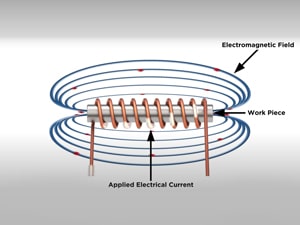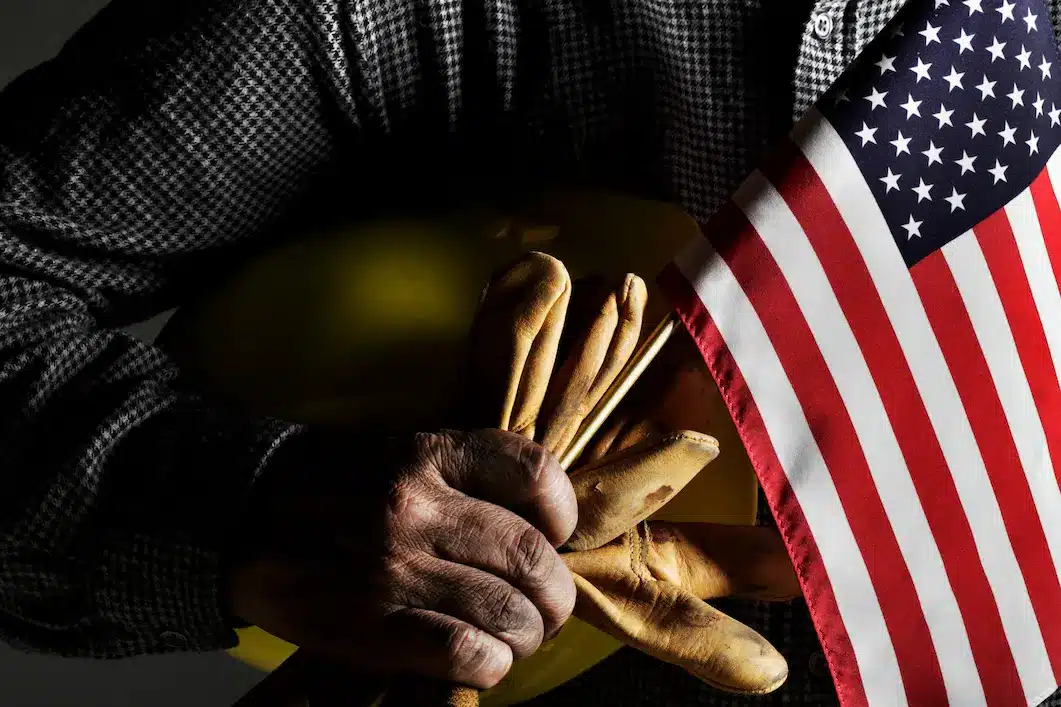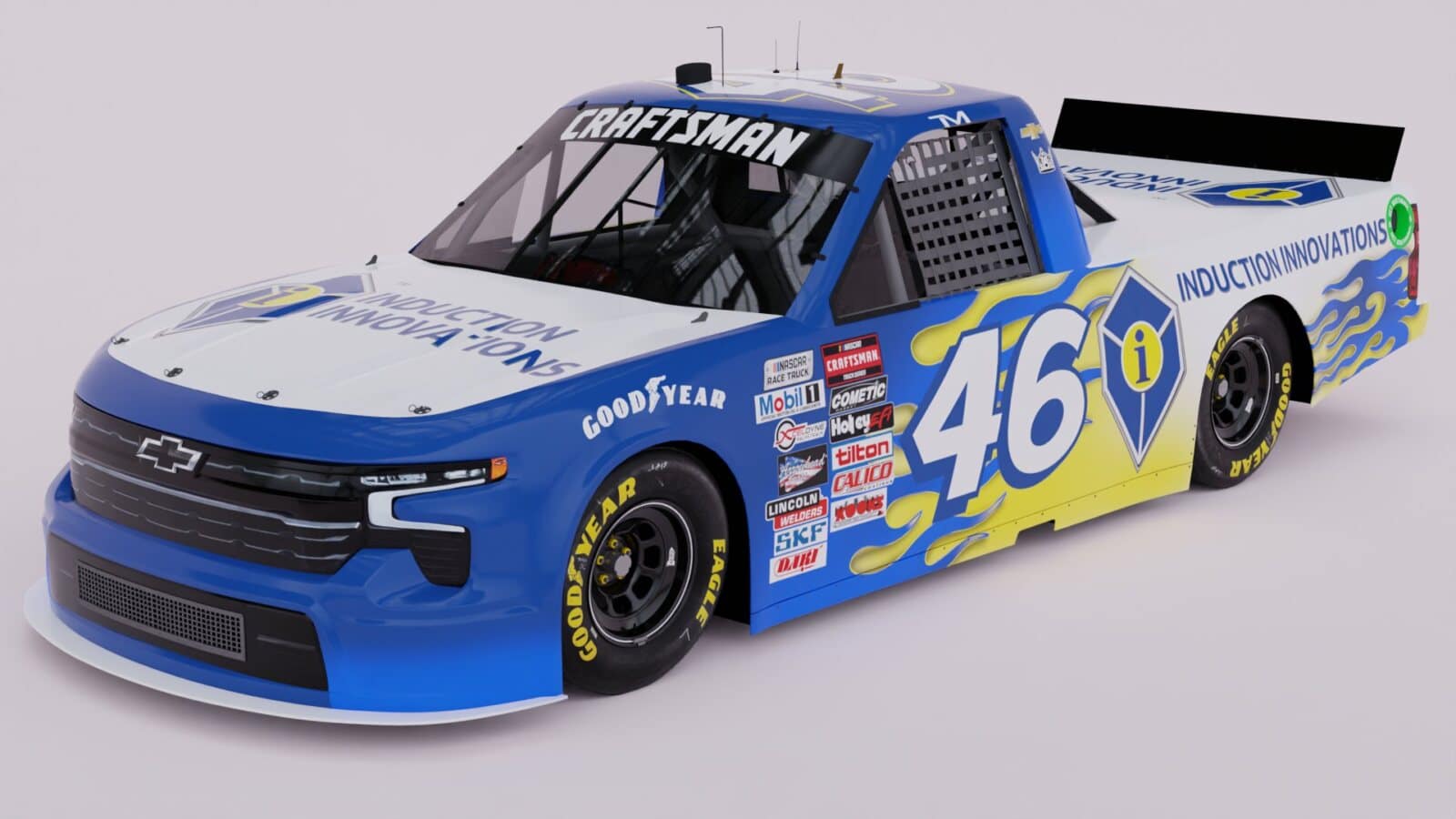Your cart is currently empty!
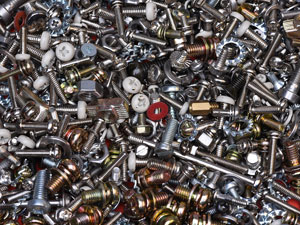
We get many questions about whether or not induction heating is useful for different applications, like brazing copper. Copper is a non-ferrous metal and induction heat only works on ferrous metals, so brazing copper is not a good application for the Mini-Ductor® or Inductor® Series of induction heating products but they are ideal for removing lug and wheel nuts because they are made of steel, a ferrous metal.
Below is a review of the properties of ferrous and non-ferrous metals.
The Short Answer
Ferrous metals and alloys contain iron, while non-ferrous metal do not. However, it’s a bit more complicated than that. Both ferrous and non-ferrous materials have their own distinctive properties, which determine what applications they are best suited for.
Ferrous Metals
Ferrous metals include alloy steel, carbon steel, cast iron and wrought iron. These metals’ chief characteristics are their tensile strength and durability. You can find ferrous metals in construction (including skyscrapers and bridges), automobiles, shipping containers, rails for railroads, and many of the tools and hardware you find around your home.
Properties of Ferrous Materials
Large amounts of carbon are used when creating ferrous materials, and so most are vulnerable to rust. While not all ferrous materials (such as wrought iron and stainless steel) are sensitive to oxidization, chances are if it rusts, it’s ferrous. Most ferrous metals also have magnetic properties, though only a few, called ferromagnetic materials, exhibit magnetic properties of significant strength. These materials include nickel, iron and cobalt. These materials can become magnetized when exposed to an external magnetic field. Their magnetic properties make them very useful for manufacturing such things as large motors and electrical appliances.
Non-Ferrous Metals
Non-ferrous metals include aluminum, copper, brass, nickel, tin, lead, and chrome (chromium) as well as precious metals like gold and silver. While some non-ferrous metals are quite strong, they are usually utilized for their other properties that ferrous materials do not have.
Properties of Non-Ferrous Metals
Non-ferrous metals are much lighter than ferrous metals, making them well-suited for such industries as aviation and canning. They are also more resistant to rust and corrosion, hence they are often used for such items as roofing, water pipes, and road signs. Finally, non-ferrous metals are not magnetic, which makes them valuable for use in electrical wiring and small electronics.
Induction Heating Implications
Induction heating is most useful on ferrous metals because of its magnetic properties. However, induction heating can also heat up aluminum somewhat, which is often enough to remove decals, vinyl and bonded trim. If you’re not sure whether induction heating will work for your application, get in touch with us to find out.
Contact us to learn more about induction heating for ferrous metals
